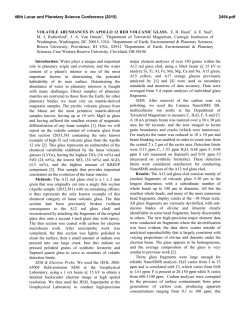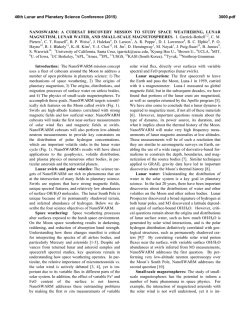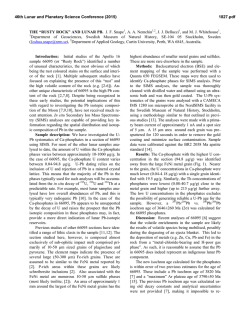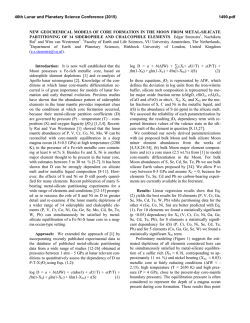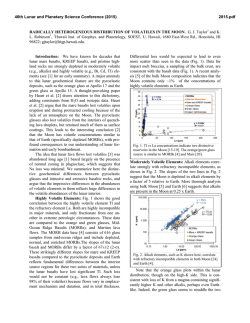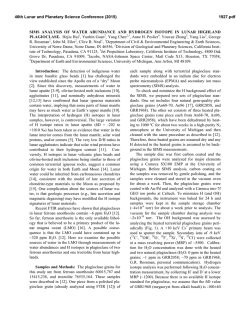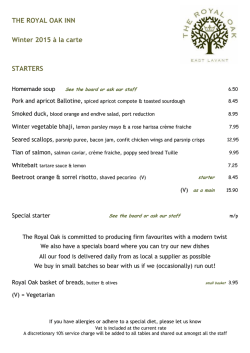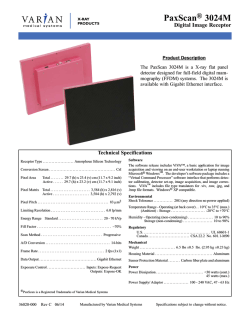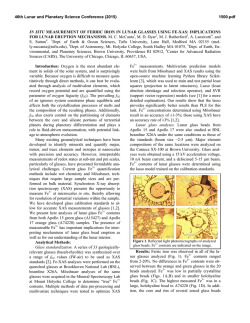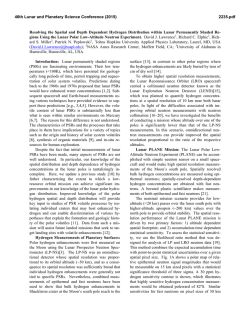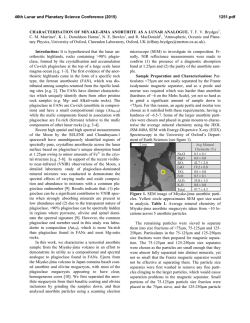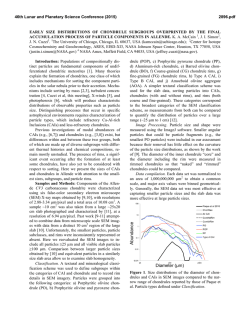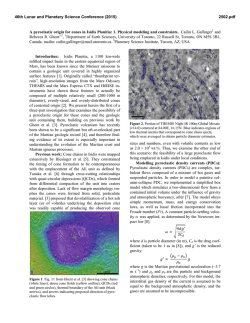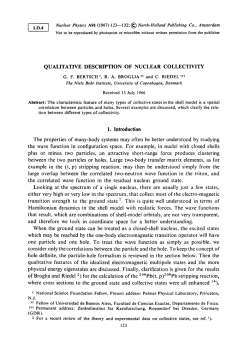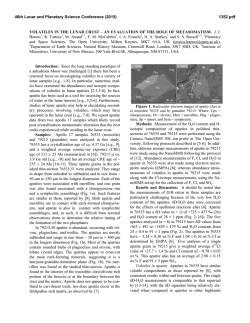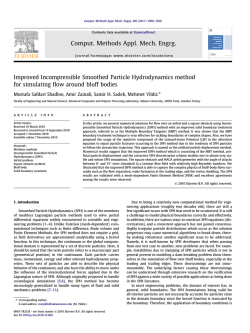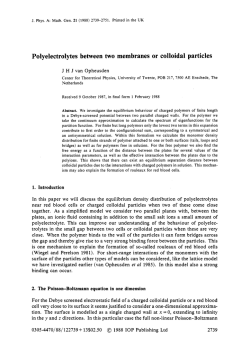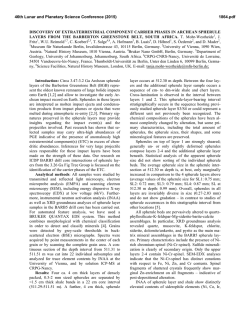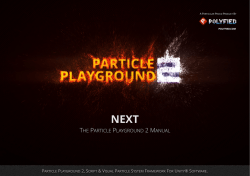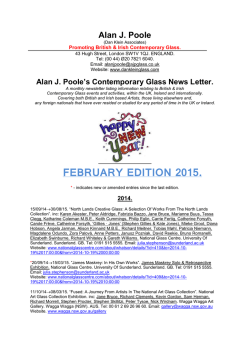
A NEW LOOK AT LUNAR REGOLITH PARTICLES WITH LIGHT
46th Lunar and Planetary Science Conference (2015) 1567.pdf A NEW LOOK AT LUNAR REGOLITH PARTICLES WITH LIGHT, SCANNING ELECTRON AND XRAY ULTRA MICROSCOPY Carol Kiely*, (cak4@lehigh,edu), Gary Greenberg** ([email protected]) and Christopher J. Kiely*, ([email protected]) *Department of Materials Science and Engineering, Lehigh University, 5 East Packer Avenue, Bethlehem, PA 18015, and **Institute for Astronomy, University of Hawaii. Introduction: Forty five years of research has provided a lot of information about the chemical and physical properties of lunar soil [1]. Due to their size (<400µm), the morphology of individual particles has predominatly been studied using scanning electron techniques. Two relatively new non-destructive techniques were recently used to obtain images of individual Apollo 11 lunar soil particles: namely deep focus light microscopy and X-ray ultra microscopy [2]. The former yielded a collection of high resolution micrographs in which the entire particle was in focus and in color. The latter enabled the internal structure of the whole particle be viewed without having to cut slices or section it. Also, for the first time a light, secondary electron, and x-ray micrographs of an individual lunar agglutinate particle in the same orientation were published. This provided a unique insight into the morphology of the particle: the optical image provided information on color and texture; the scanning electron micrograph highlighted the surface structure, and the high resolution x-ray image revealed the internal structure showing the extent of the porosity in the glassy matrix of the particle. These three imaging techniques have now been applied to particles isolated from a number of soils collected from several different Apollo landing sites. Results and Discussion: Glassy spherules have been found in nearly all lunar soils. The most well known and extensively analysed are the orange and black spherules in the famous orange soil discovered on the rim of Shorty Crater, and the green glass spherules that were found in the clod-like boulders collected from the flank of Mount Hadley Delta. Both of these are believed to have been ejected from fire fountain volcanoes that erupted 3.8 and 3.3 billion years ago respectively. There are, however, plenty of other spherules that are thought to be of impact origin. The scanning electron and complementary x-ray micrographs of three lunar spherules isolated from two Apollo 15 soils (15101 and 15301) are shown in Figure 1. The first spherule (Fgiure 1a) is relatively smooth with some mineral fragments attached to its surface. It contains a large number of internal pores, the largest having a diameter of ~45µm. It also contains an inclusion of a more dense mineral. An x-ray rotational movie of this particle revealed that these pores were spherical and that the inclusion had a platelet morphology. The second spherule (Figure 1b) contains a myriad of tiny particles wrapped in impact glass. It also contains a large number of internal pores which are no longer spherical. Internal pore diameters range from ~180µm to a few microns. The pores in both of these spherules have almost certainly formed by the nucleation of gas bubbles in the glass as the temperature increased during micrometeorite impact. The identity of the gas responsible for forming the bubbles has not yet been determined although in the case of impact spherules it is thought to be implanted solar wind gases. Nucleation and growth of gas bubbles in molten glass is also the driving force behind fire fountain volcanoes, and although pores have been found in larger green glass volcanic spherules by other research groups [3] the gas responsible was not identified. We did not see any pores in the x-ray ultra micrographs of smaller orange or green volcanic spherules isolated from 74220 and 15427 soils. The third spherule (Figure 1c) is the only one of its type found so far in this study. It contains a large number of tiny fragments that appear to be welded Figure 1: Scanning electron and complementary x-ray micrographs of three lunar spherules isolated from Apollo 15 soils: 15101 (a) and (b), 15301 (c). 46th Lunar and Planetary Science Conference (2015) together and wrapped in a skin impact melt glass. We have analysed several other non-spherical particles that have been formed by molten glass splashing onto and subsequently encasing agglomerates of smaller particles. In every case, the glass is highly porous. A light, scanning electron and x-ray micrograph of one of these particles is shown in Figure 2a. The light micrograph clearly shows that a splash of green glass has partially encased an agglomerate of much smaller beige colored fragments; the x-ray image reveals the presence of a large number of internal pores, and the SE micrograph shows that some of these pores have broken through the surface of the glass. One possible explanation for this morphology is that implanted solar wind gases were released from the underlying particles when they were coated in hot molten glass. The second particle, Figure 2b, is of a breccialike particle isolated from 74220 soil. The light micrograph reveals the variation in color of the large and small fragments; variations in structure of the fracture surfaces of the individual fragments can be seen in the SE micrographs, and the more absorbing 1567.pdf fragments are highlighted in the X-ray image. Notice also that there are no pores present in this particle. Summary: The ability to collect complementary light, SE and x-ray micrographs of the same particle in the same orientation is valuable asset in the study of lunar particles. Combining this information with stereo optical and scanning electron anaglyphs, together with rotational SE and X-ray movies leads to a much fuller understanding of their morphology and how they were formed. These are just a few examples of the many high resolution micrographs taken during this study. Acknowledgements: The lunar regolith samples were kindly loaned to us through the NASA CAPTEM program run by the Johnson Space Center. References: [1] McKay D.S. et al. (1991). Chapter 7, The Lunar Regolith, Lunar Sourcebook: A User’s Guide to the Moon, 285-356, Cambridge University Press. [2] Kiely C. et al, (2011) Microscopy and Microanalysis, 17, 34-48. [3] Thomas-Keprta K.L. et al. (2014) Proceedings of the 45th LPSC, 2507. (a) (b) Figure 2. Light, scanning electron and X-ray micrographs of two individual lunar particles isolated from (a)15101 and (b)74220 soil.
© Copyright 2025
